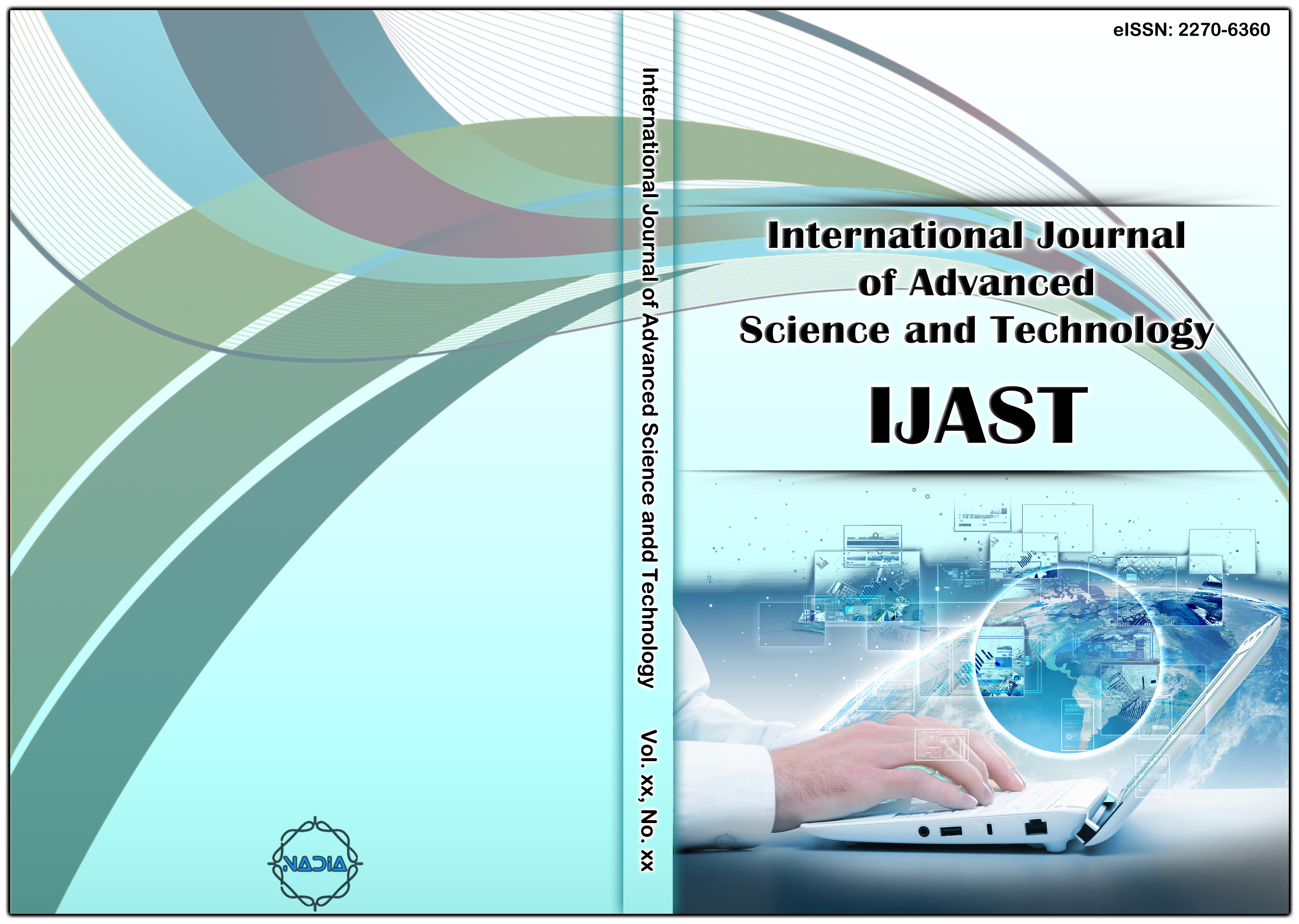[1] Sannino G and De Pietro G, “A deep learning approach for ECG-based heartbeat classification for arrhythmia detection”, Future Generation Computer Systems, vol. 86, pp.446-455, 2018.
[2] Li P, Wang Y, He J, Wang L, Tian Y, Zhou T.S, Li T and Li J.S, “High-performance personalized heartbeat classification model for long-term ECG signal”, IEEE Transactions on Biomedical Engineering, vol. 64, no. 1, pp.78-86, 2017.
[3] Mondéjar-Guerra V., Novo J., Rouco J., Penedo M.G. and Ortega M., “Heartbeat classification fusing temporal and morphological information of ECGs via ensemble of classifiers”, Biomedical Signal Processing and Control, vol. 47, pp.41-48, 2019.
[4] Shi H., Wang H., Huang Y., Zhao L., Qin C. and Liu C., “A Hierarchical Method Based on Weighted Extreme Gradient Boosting in ECG Heartbeat Classification”, Computer Methods and Programs in Biomedicine, 2019.
[5] Chen S., Hua W., Li Z., Li J. and Gao X., “Heartbeat classification using projected and dynamic features of ECG signal”, Biomedical Signal Processing and Control, vol. 31, pp.165-173, 2017.
[6] El-Saadawy H., Tantawi M., Shedeed H.A. and Tolba M.F., “Hybrid hierarchical method for electrocardiogram heartbeat classification”, IET Signal Processing, vol. 12, no. 4, pp.506-513, 2017.
[7] Teijeiro T., Félix P., Presedo J. and Castro D, “Heartbeat classification using abstract features from the abductive interpretation of the ECG”, IEEE journal of biomedical and health informatics, vol. 22, no. 2, pp.409-420, 2018.
[8] Ayar, M. and Sabamoniri, S, “An ECG-based feature selection and heartbeat classification model using a hybrid heuristic algorithm”, Informatics in Medicine Unlocked, vol. 13, pp.167-175, 2018.
[9] Al Rahhal, M.M., Bazi, Y., AlHichri, H., Alajlan, N., Melgani, F. and Yager, R.R., “Deep learning approach for active classification of electrocardiogram signals”, Information Sciences, vol. 345, pp.340-354, 2016.
[10] Boussé, M., Goovaerts, G., Vervliet, N., Debals, O., Van Huffel, S. and De Lathauwer, L.,” Irregular heartbeat classification using Kronecker product equations”, In 39th Annual International Conference of the IEEE Engineering in Medicine and Biology Society (EMBC), pp. 438-441, July 2017.
[11] Afkhami, R.G., Azarnia, G. and Tinati, M.A., “Cardiac arrhythmia classification using statistical and mixture modeling features of ECG signals”, Pattern Recognition Letters, vol. 70, pp.45-51, 2016.
[12] Lakshminarayan, C. and Basil, T., “Feature Extraction and Automated Classification of Heartbeats by Machine Learning”, 2016.
[13] Celin, S. and Vasanth, K., “ECG Signal Classification Using Various Machine Learning Techniques”, Journal of medical systems, vol. 42, no. 12, p.241, 2018.
[14] M. Milanesi, “Independent component analysis applied to the removal of motion artifacts from electrocardiographic signals,” Med. Biol. Eng. Comput., vol. 46, no. 3, pp. 251–261, Mar. 2008.
[15] M. Merino, “Envelopment filter and K-means for the detection of QRS waveforms in electrocardiogram,” Medical Engineering & Physics, vol. 37, no. 6, pp. 605-609, Jun, 2015.
[16] X. Jiang, “ECG arrhythmias recognition system based on independent component analysis feature extraction,” in Proc. IEEE Region 10 Conf., pp. 1–4, Nov. 2006.
[17] L. Mariano and M. Juan Pablo, “Heartbeat classification using feature selection driven by database generalization criteria,” IEEE Trans Biomed Eng, vol. 58, no. 3, pp. 616 - 625, 2011.
[18] M. Lagerholm, “Clustering ECG complexes using Hermite functions and self-organizing maps,” IEEE Trans. Biomed. Eng., vol. 47, no. 7, pp. 838–848, Jul. 2000.
[19] C. V. Banupriya and S. Karpagavalli, "Electrocardiogram Beat Classification using Probabilistic Neural Network, "Int. J. of Comput. Applicat. (IJCA), pp. 31-37, 2014.
